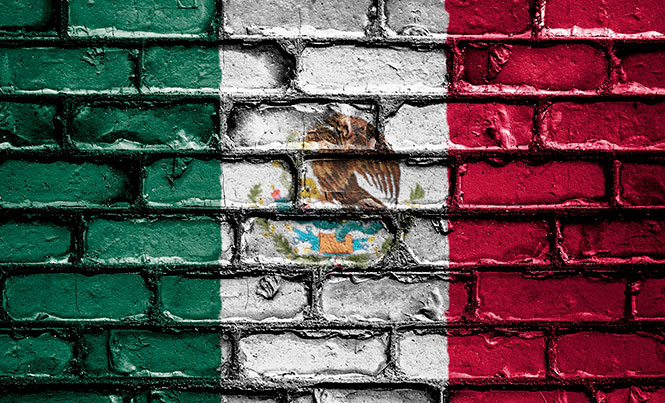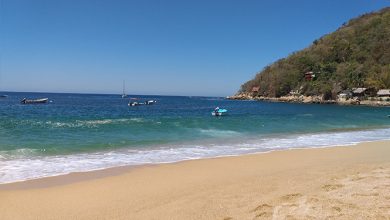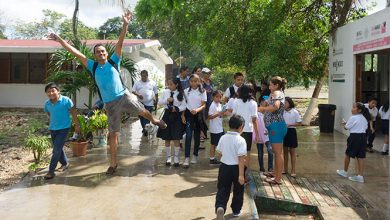¡Viva México! Celebrating Mexican Independence and Mexican Pride
Thanks to the headlines that residents of other countries read on nearly a daily basis, it is easy for some to dismiss México as a troubled, violent state with its citizens desperately headed for the northern border to the land of opportunity.

Thanks to the headlines that residents of other countries read on nearly a daily basis, it is easy for some to dismiss México as a troubled, violent state with its citizens desperately headed for the northern border to the land of opportunity. But, after almost five years of living in Mexico, I have developed a deep love and respect for this complex, diverse, and beautiful country. Yes, Mexico has its fair share of problems. However, to only focus on the problems, you risk overlooking the amazing things that it has to offer. For me, one of the most important assets Mexico has is its people. That´s why in this edition, we chose to open our pages to the Mexicans who call this region home and allow them a platform to share their thoughts about their country.
While writing this editorial, I decided to ask our full-time office staff, Ana, Pikis, and Efren, two questions: ¨What brings you the most pride as a Mexican?¨ and ¨What misconceptions do you think people have about Mexico?¨
None of the staff is originally from Quintana Roo, but each of them has lived here for quite a few years. They came from Puebla, Guanajuato, and Veracruz and they love the opportunities that the region has to offer.
When I asked what brings them the most pride, all three at once say the culture. They excitedly talk about family, traditions, fiestas and the food. It always comes back to the food! They also all agreed that the expression mi casa es su casa still applies and that Mexicans genuinely enjoy opening their homes to people and sharing what they can, no matter how little they have to offer.
They love that Mexico has a rich, long history and take pride in the indigenous, pre-Hispanic cultures and how the Maya and Aztec are considered among the most influential in the world.
When I ask them about the misconceptions people have, Efren is the first to answer. He says that he feels that many people think Mexico is only mariachis and drinking, and we spend a little time discussing the image of a Mexican with his giant sombrero, wandering through dusty streets with his half empty bottle of tequila, and we laugh because this is so far from reality. Mexico, they remind me, has huge cities like Mexico City and Monterrey, with high-tech companies, world-class hospitals, and innovative startups, just like anywhere in the world. But, people still think Mexico is a country of dusty, little towns with people desperate to leave.
In this edition, we hope to dispel some of these misconceptions and that you will get a taste of just how diverse México truly is.
Oh, one last thing from my team, they encourage all of you to explore more of México, not just the Riviera Maya. They want you to visit Puebla, Guanajuato, and Veracruz and discover for yourself just how beautiful the Mexican people truly are!
¡VIVA MÉXICO!







